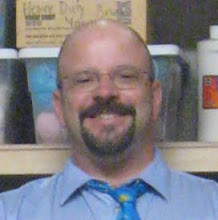Kindergarten/First Grade
Use basic shapes to draw dinosaurs.
913A. Know and use the elements and principles of each art form to create works in the arts and humanities.
Second Grade.
Artist study: James Gurney. Discuss and make drawings inspired by his books.
913A. Know and use the elements and principles of each art form to create works in the arts and humanities.
Third Grade. Review concepts from video last week. Finish still life drawings.
Genre: A type or category (e.g., music - opera, oratorio; theater - tragedy, comedy; dance - modern, ballet; visual arts- pastoral, scenes of everyday life).
913A. Recognize critical processes used in the examination of works in the arts and humanities. Compare and contrast
913F. Know how to recognize and identify similar and different characteristics among works in the arts
Fourth Grade.
Artist study: James Gurney.
Art history video. Landscapes. Continue work on landscape drawings. Add dinosaurs to create a human/dinosaur society.
913A. Recognize critical processes used in the examination of works in the arts and humanities. Compare and contrast
913F. Know how to recognize and identify similar and different characteristics among works in the arts
Fifth Grade.
Most students should be done with inking. If not, they can finish. Those who are finished will clean up any stray pencil marks with an erasers. Then they can use correction fluid to cover and accidental ink spots. They can touch up with either ink pen or markers.
Artist study. James Gurney.
Next unit: Drawing from life. Single light source. Shading with charcoal and blending stump.
913D. Use knowledge of varied styles within each art form through a performance or exhibition of unique work.
915A. Know and use the elements and principles of each art form to create works in the arts and humanities.















.jpg)
.jpg)

.jpg)


















